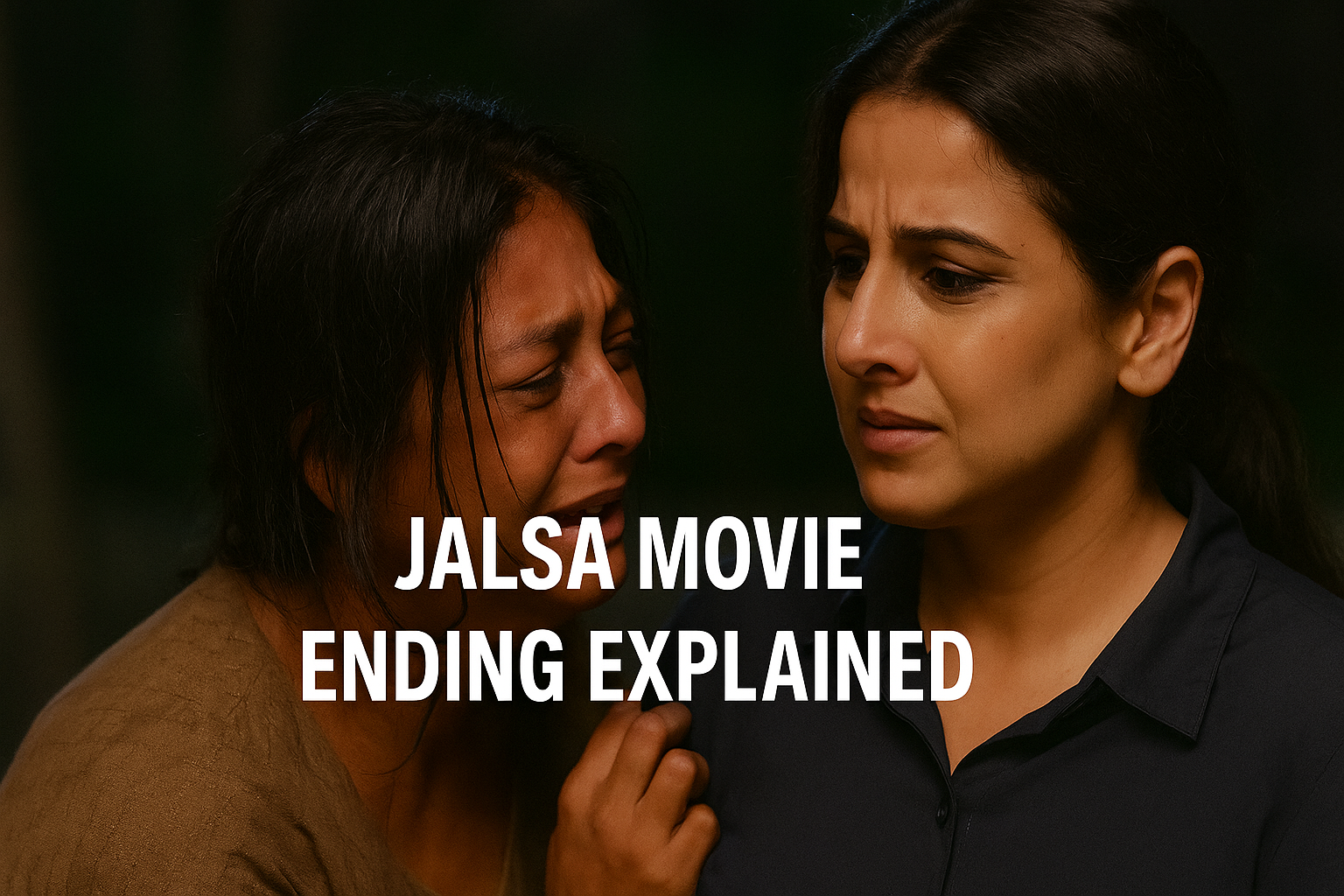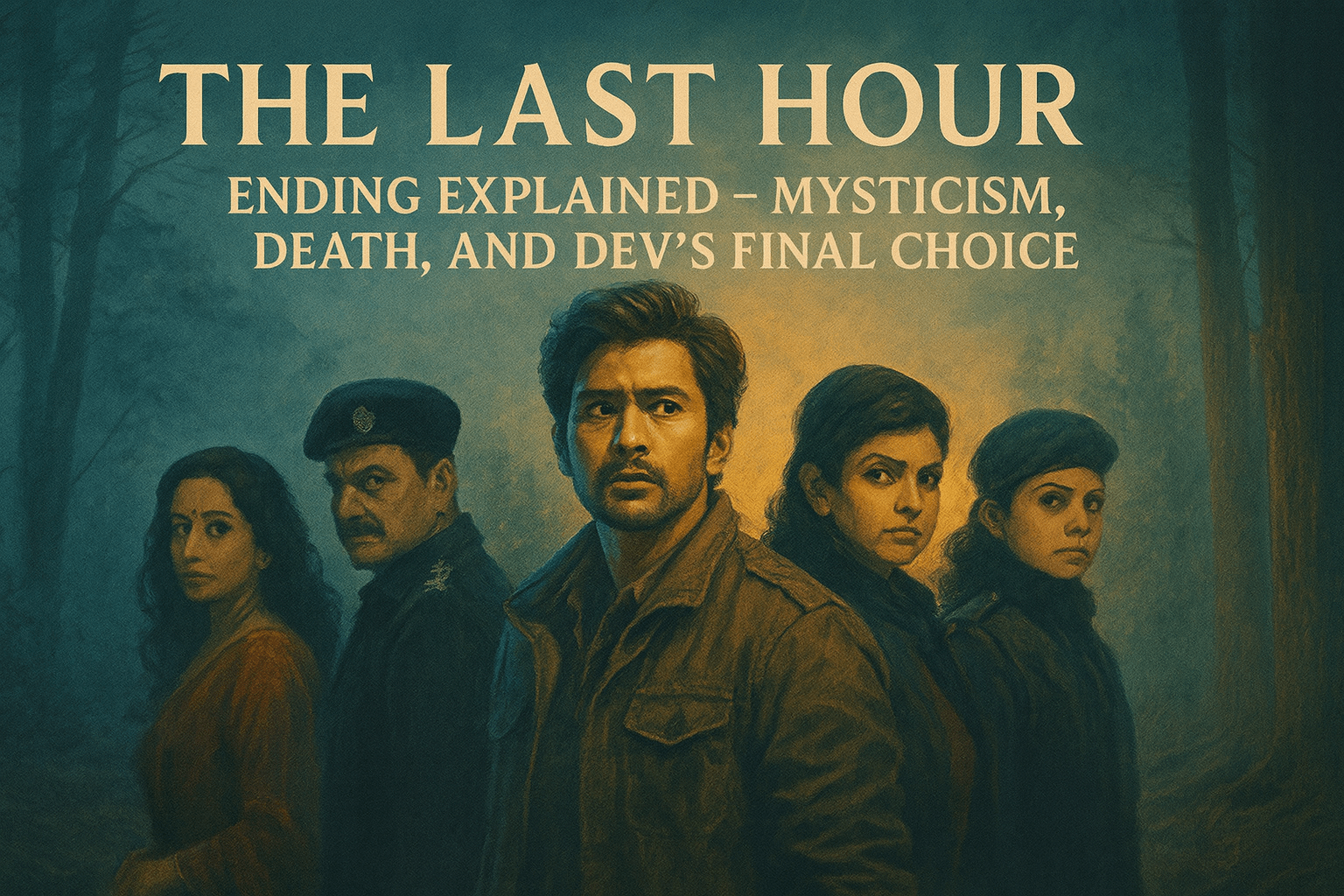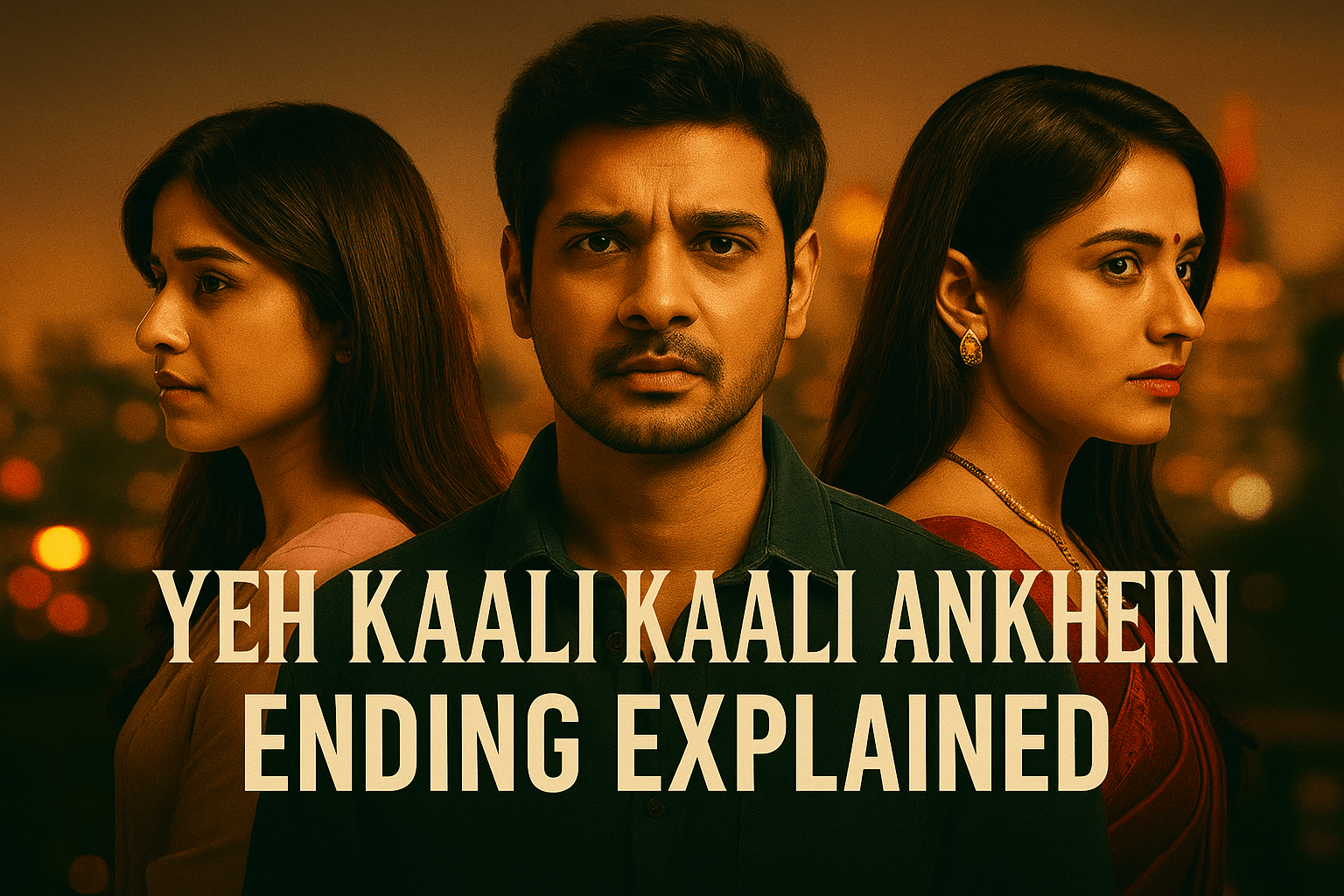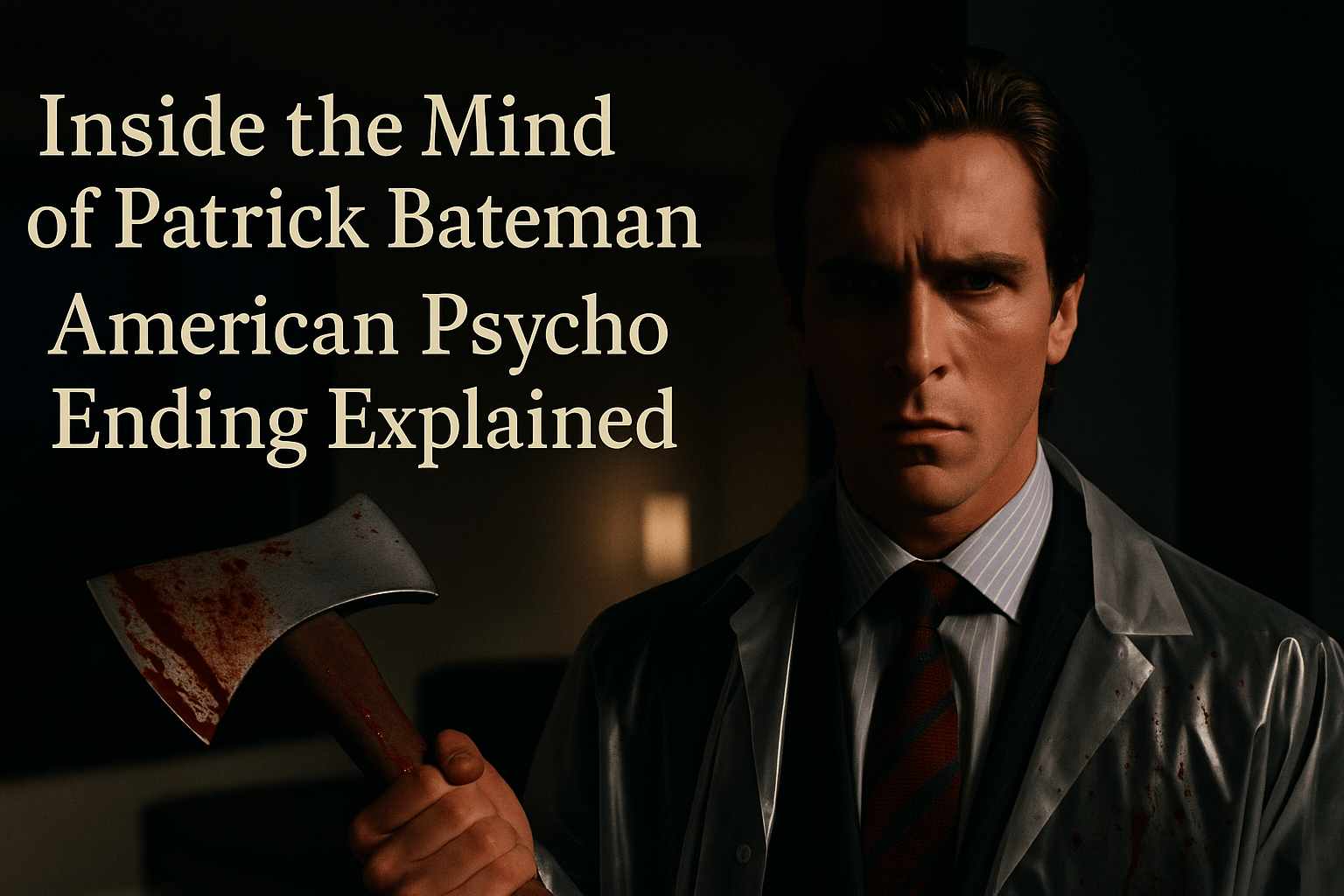
Jalsa is not your typical Bollywood thriller. Directed by Suresh Triveni, it’s a slow-burn psychological drama that dives deep into guilt, privilege, motherhood, and truth. Featuring powerhouse performances by Vidya Balan (Maya Menon) and Shefali Shah (Rukhsana), the film leaves you unsettled with its haunting and ambiguous climax.
Jalsa Movie Ending Explained: Guilt, Silence, and Moral Chaos
In this blog, we break down the Jalsa movie ending explained, exploring what really happened, what it means, and why silence speaks louder than any confession.
Watch the Jalsa trailer to experience the intense drama and emotional tension that sets the tone for this gripping story.
If you enjoy psychological thrillers like Jalsa, check out our breakdown of Yeh Kaali Kaali Ankhein Ending Explained
Quick Plot Recap (Spoiler-Free)
Maya Menon is a fearless journalist known for her integrity and sharp moral compass. But one fateful night, everything changes, she accidentally hits a young girl with her car and flees the scene.
The girl turns out to be the daughter of Rukhsana, Maya’s trusted house help. As guilt and fear begin to consume her, Maya’s life starts to unravel, and so does the thin layer of morality that separates right from wrong.
The Inciting Incident: The Hit-and-Run
The story’s emotional core begins with the hit-and-run accident. Maya’s reaction, silence, denial, and self-preservation, contrasts painfully with Rukhsana’s helpless grief. CCTV footage is tampered with, the victim’s identity is concealed, and the truth becomes another casualty.
From that moment, Jalsa stops being a thriller and turns into a moral mirror.
The Power of Silence in the Ending
The Jalsa movie ending is wordless yet deafening. In the final dining table scene, Maya and Rukhsana sit together in silence. No words are exchanged, yet everything is said.
Maya knows Rukhsana has found out.
Rukhsana knows Maya’s guilt is eating her alive.
Both women choose silence one as punishment, the other as power. It’s a confrontation without dialogue, a battle fought through glances and restraint.
Did Rukhsana Know the Truth?
Yes. The film makes it clear through subtle cues Rukhsana’s body language, her decision to quit, and her pained yet composed demeanor. She realizes that the woman she trusted most was responsible for her daughter’s accident.
But Rukhsana’s silence is not weakness it’s her revenge. By walking away without a word, she forces Maya to carry the unbearable burden of truth forever.
Maya’s Inner Conflict
Maya, a journalist who champions truth, cannot face her own reality. Her moral identity collapses as she grapples with crippling guilt and self-loathing.
Throughout the film, she’s haunted by her conscience. Her panic attacks, sleepless nights, and withdrawn behavior symbolize a woman imprisoned by her own lies.
In the final scene, Maya can’t eat, speak, or breathe, a visual metaphor for being choked by guilt.
The Ending Explained: No Justice, No Resolution
The Jalsa movie ending refuses to offer closure. There’s no legal justice, no confession, no redemption arc.
Instead, the film focuses on the psychological cost of guilt. The system remains indifferent, but the conscience does not. Both women are left scarred one by loss, the other by her silence.
This is where Jalsa becomes brutally honest: not all wrongs are punished by law; some are punished by the soul itself.
Themes in the Finale
- Class Divide: The privileged can bury their crimes, while the working class must learn to live with them.
- Motherhood: Two mothers suffer differently, one loses her child, the other loses her peace.
- Accountability: Sometimes, the heaviest punishment is knowing you can never undo your actions.
Symbolism in the Final Scene
Every element in the ending holds meaning:
- The dining table represents shared space and suppressed truth.
- The untouched meal reflects Maya’s inability to “digest” her guilt.
- Silence becomes the film’s loudest scream.
Director’s Vision
Director Suresh Triveni masterfully resists melodrama. He keeps the ending grounded and deeply human. There’s no courtroom, no shouting, no confessions just two women sharing an unbearable truth.
The Jalsa movie ending is not about justice. It’s about how people live when truth becomes inconvenient and unbearable.
Jalsa ends with psychological realism, not resolution. It challenges viewers to confront uncomfortable questions about morality, privilege, and power.
The ending might not satisfy those expecting closure, but that’s the point. It lingers, unsettles, and forces reflection just like real life does.
In the end, Jalsa is less about crime and punishment, and more about how guilt and silence can destroy a person from within.
FAQs
1. Why didn’t Maya confess?
She was consumed by fear, guilt, and self-preservation. Her silence was both her shield and her punishment.
2. Did Rukhsana know Maya was responsible?
Yes, her subtle actions and decision to quit make it clear she knew the truth.
3. What does the final scene mean?
It represents moral confrontation through silence, two women acknowledging truth without words.
4. Is Jalsa based on a true story?
No, it’s a fictional story, but its themes feel deeply real and relatable.
5. Why is the ending left unresolved?
Because Jalsa focuses on emotional justice, not legal justice. Guilt itself is the ultimate punishment.





